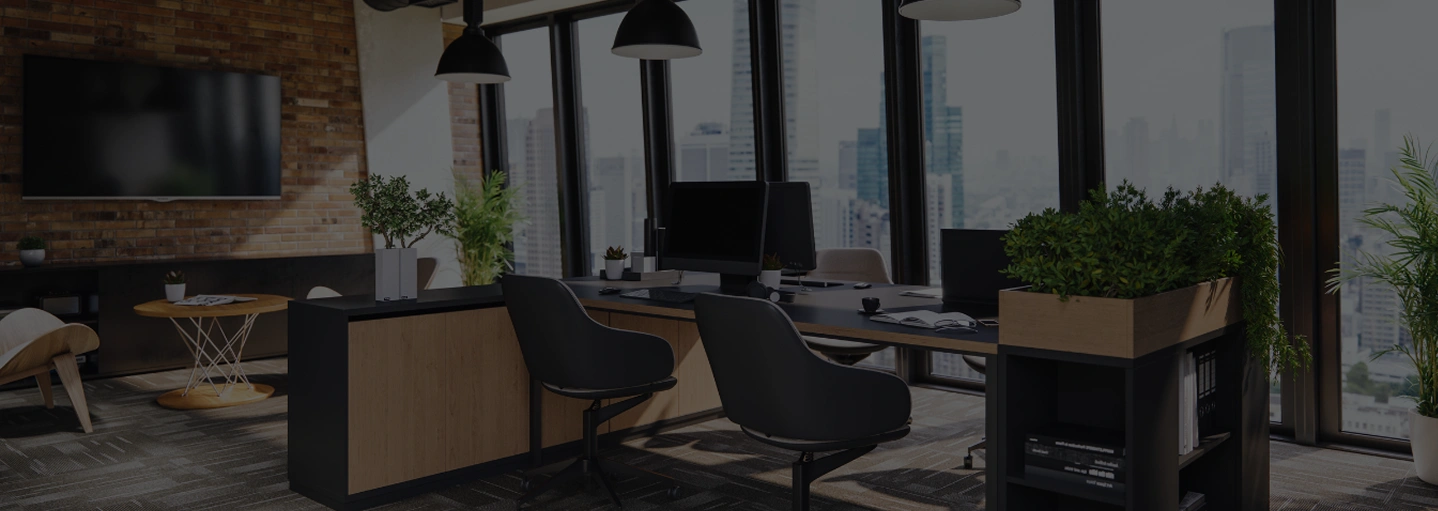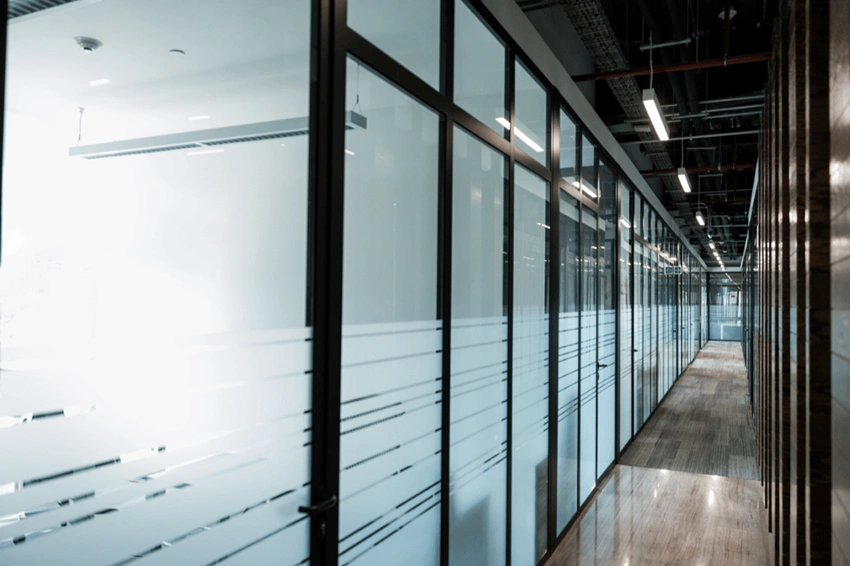Introduction to circular economy in textiles
The concept of a circular economy is transforming industries worldwide, with the textile sector as a primary focus. Unlike the traditional linear model of “take, make, dispose,” a circular economy emphasizes keeping resources in use for as long as possible, extracting maximum value, then recovering and regenerating products and materials at the end of their service life. This approach is crucial in the textile industry, which is known for its significant environmental impact, including water consumption, pollution, and waste.
By shifting to a circular economy model, the textile industry can enhance sustainability and resource efficiency. This involves designing products for longevity, promoting reuse and recycling, and innovating in materials to minimize waste. The benefits are manifold: reduced environmental footprint, decreased dependency on virgin resources, and alignment with regulatory frameworks pushing for sustainable practices. Companies adopting this model are not only contributing to ecological sustainability but also positioning themselves as leaders in responsible business practices.
Key components of a circular textile marketplace
A circular textile marketplace is built on several critical components that differentiate it from traditional markets. Firstly, recycling processes are central. They involve collecting, sorting, and processing textile waste into reusable materials. This not only reduces waste but also provides a supply of raw materials that can be reintegrated into the production cycle.
Material innovation is another cornerstone. It involves developing new materials that are easier to recycle or biodegrade, thereby enhancing the sustainability of textile products. Collaborative business models are also vital; they bring together various stakeholders, including manufacturers, designers, and recyclers, to create a more cohesive and efficient supply chain. By fostering partnerships, businesses can share resources, knowledge, and technologies, further driving innovation and sustainability in the textile industry.
Benefits for B2B clients
Engaging in a circular textile marketplace offers numerous advantages for B2B clients. One of the most significant benefits is cost savings. By utilizing recycled materials and optimizing resource use, businesses can reduce production costs. Additionally, participating in a circular economy aligns with sustainability goals, which are increasingly important to stakeholders and consumers.
Moreover, B2B clients gain access to innovative materials and processes that can differentiate their products in the market. This not only enhances their competitive edge but also positions them as leaders in sustainability. Furthermore, by engaging in circular practices, businesses can meet regulatory requirements and improve their brand image, fostering trust and loyalty among their customers and partners.
Challenges and solutions
Transitioning to a circular economy in textiles is not without challenges. One major obstacle is the initial cost of setting up recycling infrastructure and the complexities involved in logistics, especially given the global nature of the textile supply chain. Furthermore, there is often a lack of mature business models that can effectively monetize recycled materials.
Solutions to these challenges include investing in technology and infrastructure that facilitate recycling and logistics. Collaboration across the supply chain is crucial; by working together, businesses can share the costs and benefits of circular practices. Developing comprehensive business models that consider the entire lifecycle of products can also help in making the transition more financially viable. Additionally, governments and industry bodies can support these efforts through incentives and regulatory frameworks that promote sustainability.




